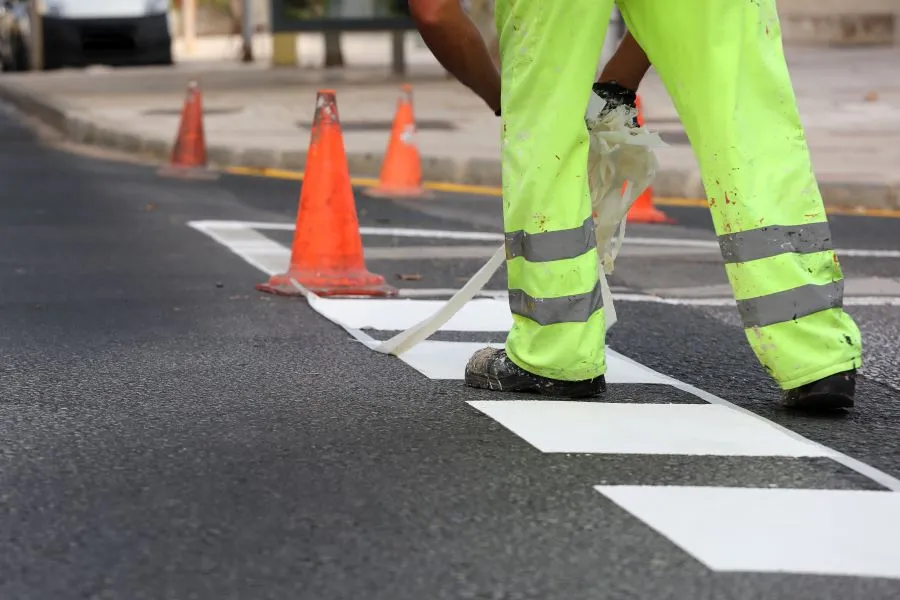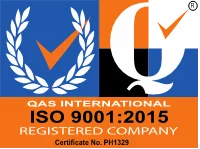When it comes to Philippine road safety regulations, traffic paint plays a crucial role in ensuring that these are met.
Traffic paint serves as a tool for visual guidance and communication for drivers and pedestrians. For example, traffic paint marks lanes on the road, road symbols, and pedestrian lanes. Basically, without traffic paint, the roads would be chaotic.
The role of traffic paint in road safety has pushed companies to innovate their products. One of the innovations in traffic paint is the rise of reflectorized traffic paint. Reflectorized traffic paint is paint that has glass beads added to the mixture. The addition of glass beads makes for highly visible traffic paints, which can improve driving conditions at night.
DPWH’s Reflectorized Paint Standards and Regulations
In the Philippines, reflectorized paint must meet certain standards before it’s cleared for use. The Department of Public Works and Highways (DPWH) has the following requirements for reflectorized traffic paint:
- The reflectorized traffic paint must be homogenous and it must contain the following materials: pigment, resins, glass reflectorizing spheres, and filler.
- The reflectorized traffic paint must be available in both yellow and white.
- The glass beads in the traffic paint must be at least 90 percent true sphere.
- The glass beads must have a minimum refractive index of 1.50.
- Both yellow and white reflective traffic paint must have a maximum specific gravity of 2.15.
- The traffic paint must be able to meet the government’s performance requirements.
Challenges in Reflectorized Paint Implementation
While reflectorized traffic paint can easily make the roads safer, there are some considerations to be made before it’s applied to the road.
Here are some of the challenges that a company may encounter during application:
Budget Constraints
Compared to traditional traffic paint, reflectorized traffic paints are more expensive. So, it’s safe to assume that the initial cost of purchasing these products will come out much higher, leaving road construction companies readjusting their entire budget.
Logistical Hurdles
In any road repair or marking operation, logistics plays a crucial role in the completion of a project. When it comes to the task of applying traffic marking paint, you want to make sure that the weather is clear. Otherwise, you run the risk of the reflective paint not adhering to the road.
Aside from the weather, another thing you’ll need to coordinate is clearance from local authorities. Road marking often requires road closures, so you’ll need to make sure that your company and the local government unit are on the same page.
Lack of Skills
Reflectorized paint must be manipulated in a certain way to get it to the required consistency. If your team does not know how to do this, you may end up with roads that aren’t painted evenly.
Additionally, make sure that your team knows what they’re supposed to accomplish and the proper road painting procedure, or else you may end up with subpar results.

Traffic Paint Application Guidelines
Now that you know the challenges in applying reflectorized road paint, we’ve listed down some of our best practices in marking roads with paint in the Philippines.
Surface Preparation
The first part of applying traffic paint is to prepare the surface. Make sure that you clear the area as best you can from dust, debris, and grease to ensure that the reflectorized traffic paint will adhere to the surface and last longer.
Doing this task before applying traffic paint can guarantee that you maximize the paint’s longevity and its luminescent capabilities.
Paint Application
When it’s time to apply reflectorized paint, it must be done quickly.
Ideally, you want to apply it on the road while the paint is still wet to ensure that the glass beads are embedded well into the paint. This means that your team must have their stencils and tools ready to go when it’s time to paint.
Maintenance
Finally, once the paint has dried, you and your team want to make sure that it’s well-maintained. Conducting regular inspections, repainting when needed, and cleaning the area using high-pressure water can help keep the intense visibility of these markings and the roads much safer for everyone.
How Reflectorized Paint Has Made Philippine Roads Safer
Thanks to the reliability and increased road visibility from reflectorized paint, the Philippine roads have become much safer. While reflectorized traffic paint can be much more expensive, its safety benefits make it worth every peso spent.
In fact, research was conducted in Santa Rita and Porac Mega Dike in Pampanga on how reflectorized traffic paint aided in reducing traffic accidents. The paper concluded that the photoluminescent properties of the paint served as an excellent guide for motorists due to its reflective properties.
Rua Seguridad, Your Road Safety Partner
We hope that you learned all about the basics of reflectorized traffic paint and how it can positively impact road safety. Now, all that’s left is to find a reliable traffic paint supplier. If you’re looking for a company that can meet your project needs, Rua Seguridad can help you.
Here at Rua Seguridad, we offer reflectorized traffic paint that’s perfect for the Philippine climate. Reach out to us today to learn more about this product!



